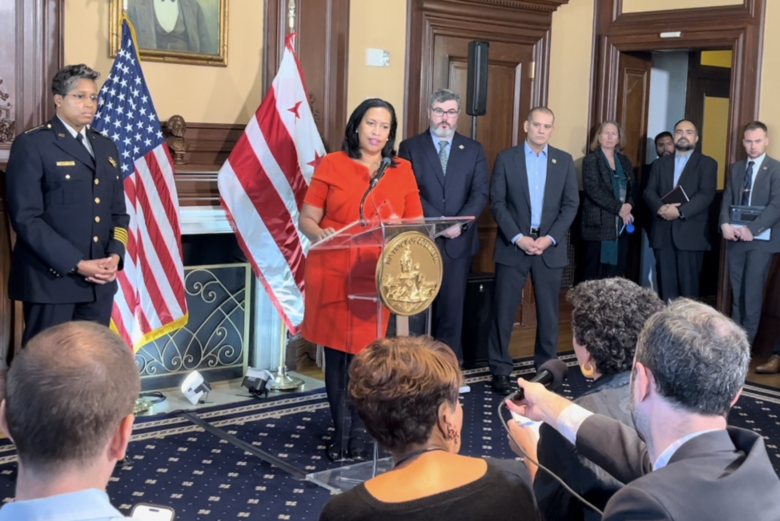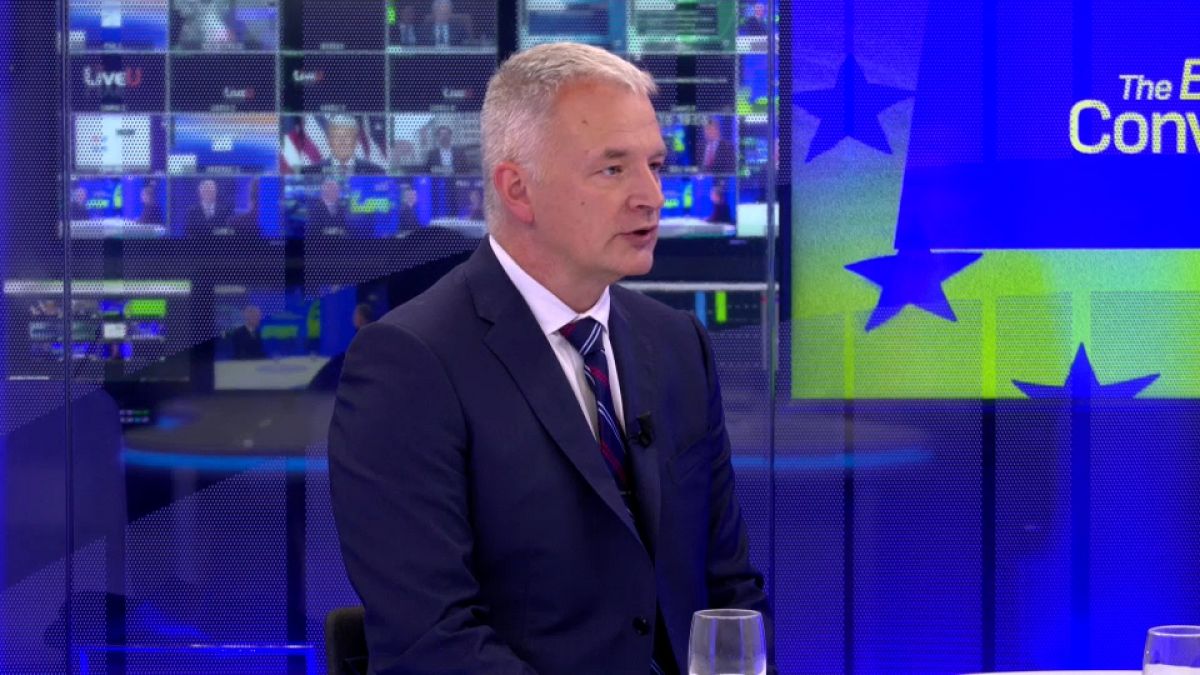Advocates asking lawmakers for money to improve health care for patients with brain injuries will reach a long-awaited milestone Tuesday as the state begins to tackle a debilitating condition that affects an estimated 369,000 New Mexicans.
That’s the day a team of experts will meet for the first time under Senate Memorial 30, a measure approved in this year’s legislative session that authorizes studies on the feasibility of providing health coverage to patients with brain injuries and tracking statistics on such injuries. The group includes medical professionals, psychologists, school specialists, insurance providers and other stakeholders.
State Sen. Gerald Ortiz y Pino, D-Albuquerque, who chairs the Legislative Health and Public Affairs Committee, said he authored SM 30 due to a lack of medical care for people with traumatic brain injury.
“So many constituents who have suffered traumatic brain injuries over the years have been urging us, begging us to do something,” Ortiz y Pino said.
Nat Dean, who suffered her first of three traumatic brain injuries in a car accident in 1984 and went undiagnosed for seven years, is among those seeking action from the state. Dean repeatedly petitioned lawmakers to take a serious look at the lack of funding and care. Patients already struggling to walk and talk are tasked with navigating a complex system of health care, complicated by a multitude of insurance mandates that prevent many from receiving the physical and speech therapies they need to recover, she said.
“Once you’ve seen one brain injury, you’ve seen one brain injury,” said Dean, a Northern New Mexico resident who spends her time helping others map their way through confusing medical and insurance systems. Each patient’s experiences and needs can differ widely, she noted.
Symptoms of traumatic brain injury can include dizziness, loss of balance, poor coordination, headaches, nausea, vomiting, poor concentration and memory, slowed thinking, fatigue, trouble sleeping, numbness or tingling, light sensitivity and other vision problems, difficulty hearing and changes in appetite. While a brain injury is not considered a mental illness, patients can develop depression and anxiousness, low tolerance for frustration and a feeling of being overwhelmed.
“Throughout my lived experience with brain injury, I’ve used many different devices and assisted technologies. I’ve had five service dogs in more than 35 years, special alarm clocks — anything and everything, because it’s constantly shifting and moving,” Dean said. “A brain injury can have shifting impacts and shifting needs and shifting recoveries and shifting additional aspects that may come on later in life.”
Margot Feldvebel, president of the nonprofit Brain Injury Alliance of New Mexico — which offers a toll-free support line, support groups, resource referrals and legislative advocacy — said an alarming number of patients in the state are funneled into nursing homes instead of appropriate treatments. Patients often become confused and desperate, wondering whether there is help for their condition and how to find it, she said.
“Patients report seven to 10 years or longer with no treatment, no care, no support, no help, no information,” she said. “They repeatedly state needs for housing programs, case management and medical care that is beyond the scope of primary care physicians, who are largely not educated about brain injuries, so they do not refer patients.”
SM 30 states more than 100,000 adults in New Mexico are now in need of ongoing medical treatment for brain injuries arising from ischemic and hemorrhagic stroke, anoxic injury after cardiac arrest or drug overdose, severe brain infection, brain tumors and neurotoxic injury.
Advocates estimate there are more than 360,000 people in the state, including children and teenagers, living with brain injuries. But without a tracking system for brain injury patients in New Mexico, Feldvebel said, the number is merely an estimate.
“We suspect there are many more because it’s not counting stroke, carbon monoxide poisoning, people who have had surgery,” she said. “It’s a very, very big problem that is not understood, not recognized, not diagnosed, not treated, not cared for.”
She noted head trauma can be caused by car accidents, assaults, gunshot wounds and explosions. Veterans, members of the homeless community and minorities, including Native Americans, suffer a disproportionately higher number of injuries, she added.
“What we lack in New Mexico is a robust continuum of care for brain injury,” Feldvebel said. “I hear this every day of the week, and it breaks my heart how many people there are who need help and have no guidance and oftentimes no diagnosis.”
Until recently, the state largely has ignored the specific medical needs of those living with such conditions by lumping them into a category of developmentally disabled, Ortiz y Pino said. The Developmental Disabilities Waiver program, which contracts with providers to care for people with disabilities, creates an alternative to institutionalized care for some, but that doesn’t always help patients with brain injuries access treatment, he added.
“It just shows the extent to which we’ve neglected this,” Ortiz y Pino said.
Feldvebel petitioned Ortiz y Pino’s legislative committee in November, alongside Mark Pedrotty, a rehabilitation psychologist, and Dr. William Austin Davis, a newly appointed, board-certified physical medicine and rehabilitation specialist. The trio asked legislators to take steps to find solutions.
While there are a number of specialists in New Mexico who can address the symptoms of brain injury, Davis told the committee, more work is needed to build a “cohesive clinical pipeline” from primary care physicians to specialists and the services needed by patients with long-term disabilities from brain injuries.
“Even if [primary care doctors] could identify issues, it’s often difficult to find who to refer them to. This is an opportunity to advance medicine across the board,” Davis said.
Davis, who recently completed brain injury fellowship training, said he has seen his outpatient practice soar at the Lovelace UNM Pain Clinic since the beginning of the year. He has since also established an outpatient brain injury practice at University of New Mexico Hospital, where he treats 20 to 30 hospitalized brain injury patients on any given day.
“We’ve made a lot of progress,” Davis said. “We rounded up the trauma team to include once-a-week meetings.”
Additionally, UNM’s consultation service has quintupled, he said.
The trio’s report to lawmakers stated funds are needed for “care across the life span for those with chronic brain injuries,” from services for newly injured patients to adaptive housing. They provided a report stating money also is needed to develop a brain injury protocol for students, services for children in foster care and training for health care providers.
“It was pretty remarkable the day we were finally able to get heard,” Feldvebel said, referring to the Senate’s approval of the memorial. It passed the chamber in March on a vote of 31-2.
The Brain Injury Alliance of New Mexico received some state funding in June, Feldvebel said: $9,000 for helmets and education on bike safety in Albuquerque Public Schools and $30,000 for health care provider training. A $60,000 grant from the Department of Health will be used specifically for violence prevention, she added.
“Domestic violence attacks account for a staggering number of brain injury cases,” she said.
Dean said her experience with brain injuries prompted her to help others in similar circumstances.
“It’s the way I could make lemonade out of my lemons,” she said. “When I received my first brain injury, it was so difficult to know where to apply. I didn’t even know what was available. How does all this work? Because until we need medical care, we’re not consumers of medical care.”
Dean doesn’t have to search for people in need of help, she said.
“They find me, but by that time they’re in a very serious crisis,” she said.





























/cdn.vox-cdn.com/uploads/chorus_asset/file/25538361/247196_Echo_Spot_Review_8A0A1511_CVirginia.jpg)


/cdn.vox-cdn.com/uploads/chorus_asset/file/25724877/Super_Nintendo_World.png)